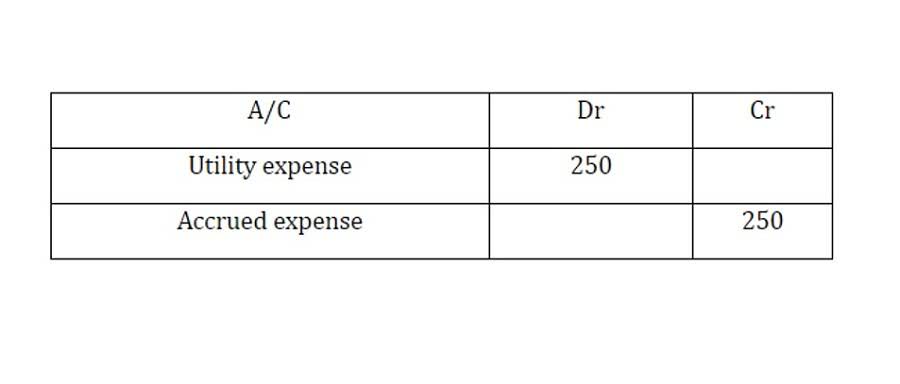
These businesses can inadvertely make errors in counting money and issuing change to customers. Variances between expected and actual amounts are called “cash-over-short.” This variance account is kept and reconciled as part of the company’s income statement. Reconciliation is an accounting procedure that compares two sets of records to check that the figures are correct and in agreement. Reconciliation also confirms that accounts in a general ledger are consistent and complete. Book transactions are transactions that have been recorded on your books but haven’t cleared the bank. As a small business, you may find yourself paying vendors and creditors by issuing check payments.
Step #3: Work Out the Balance as Per Cash Book Side of the Bank Reconciliation Statement
Reconciling your bank statement used to involve using a checkbook ledger or a pen and paper, but modern technology—apps and accounting software—has provided easier and faster ways to get the job done. Regardless of how you do it, reconciling your bank account can be a priceless tool in your personal finance arsenal. It’s customary to record depreciation What is bank reconciliation and other adjusting entries at the end of the accounting period, after you’re sure there are no errors in your books. Your accounting software can automatically generate recurring journal entries when it’s appropriate. Manual bank account reconciliation means accountants rely heavily on spreadsheets and other manual methods for financial reporting.
First, check your two cash balances
This is because when you deposit a cheque in your bank account, you consider that the cheque has been cleared by the bank. These outstanding deposits must be deducted from the balance as per the cash book in the bank reconciliation statement. Such deposits are not showcased in the bank statement on the reconciliation date. This happens due to the time lag between when your business deposits cash or a cheque into its bank account and when your bank credits the same. To successfully complete your bank reconciliation, you’ll need your bank statements for the current and previous months as well as your company ledger.
- However, in reality, there are often still discrepancies due to timing issues related to transactions (i.e. cash in transit) or errors from external providers (i.e. omitted transactions).
- At times, your business entity may omit or record incorrect transactions for cheques issued, cheques deposited, the wrong total, etc.
- This balance exists when the deposits made by your business at your bank are more than the withdrawals.
- Some accounting software, QuickBooks Online, for example, have an account reconciliation tool for non-cash accounts.
What is a bank reconciliation statement?
Regular bank reconciliation maintains detects discrepancies like errors or fraud, prevents financial losses, and safeguards resources. It helps uncover unnoticed fees, unauthorized charges, or fraudulent transactions, enhancing financial transparency, decision-making, and overall financial stability. This process is necessary for businesses because it helps ensure the accuracy of their financial records. High growth businesses which burn large amounts of cash or those with little cash left in the bank should perform bank reconciliations weekly.
Accurate annual accounts must be maintained by all businesses
Peresoft revolutionises direct payments, automates recon across bank accounts – ITWeb
Peresoft revolutionises direct payments, automates recon across bank accounts.
Posted: Wed, 22 Nov 2023 08:00:00 GMT [source]
Specifically, it is often the responsibility of the company’s bookkeeper or accountant to perform the bank reconciliation process. Bank reconciliation is not a ledger itself, but rather a process or a tool used to ensure the accuracy and consistency between a company’s bank account records and its own accounting records. Long story short, regular bank reconciliation is essential for businesses to ensure financial accuracy, detect discrepancies, and prevent fraud. Neglecting this practice can lead to inaccurate records, increased fraud risk, and potential compliance issues. By embracing best practices and committing to diligent reconciliation efforts, businesses can safeguard their assets, foster trust among stakeholders, and navigate financial complexities effectively. Without regular reconciliation, there is a higher risk of errors or discrepancies in the company’s financial records.

Direct Deposits into the Bank Account

By reconciling regularly, businesses can ensure that all transactions are legitimate and authorized. Deposits made by the company that have not yet been processed by the bank are usually called deposits in transit. They will show up in the company’s records but, since they haven’t been processes yet, may not present in the bank statement. Outstanding checks are checks that have been issued by the company but have not yet been cashed by the recipient. They will appear in the company’s records but may not show up in the bank statement until they are cashed.
- Human error can occur when recording transactions in the company’s books or when the bank processes transactions.
- Similarly, when a business receives an invoice, it credits the amount of the invoice to accounts payable (on the balance sheet) and debits an expense (on the income statement) for the same amount.
- Bank reconciliation ensures your business’s internal financial records accurately reflect your cash flow.
- Look for any differences in amounts, dates, or checks that have been written but may not appear on the bank statement.
- The very purpose of reconciling bank statements with your business’s cash book is to ensure that the balance as per the passbook matches the balance as per the cash book.
- Companies which are audited will have the validity of their financial statements put under greater scrutiny due to the audit process, testing whether they are accurate and free from material misstatement.
- The goal of bank account reconciliation is to ensure your records align with the bank’s records.